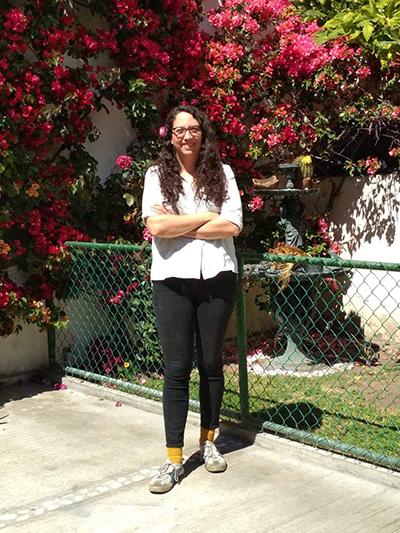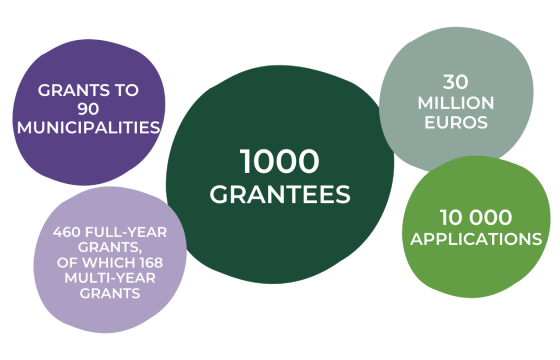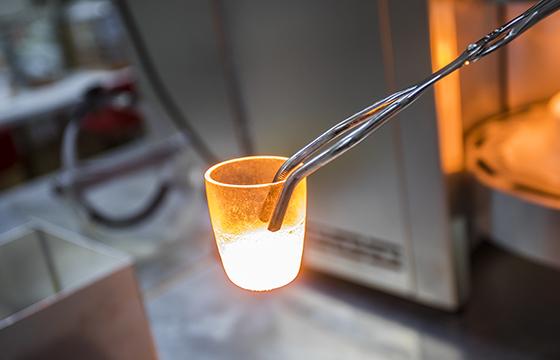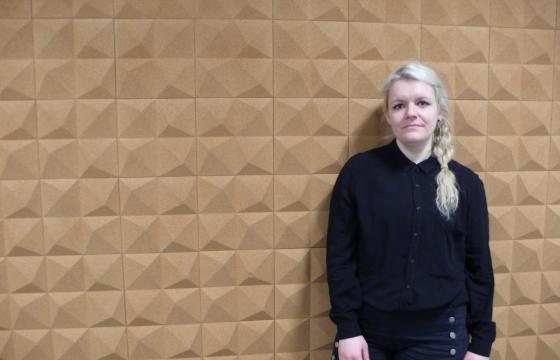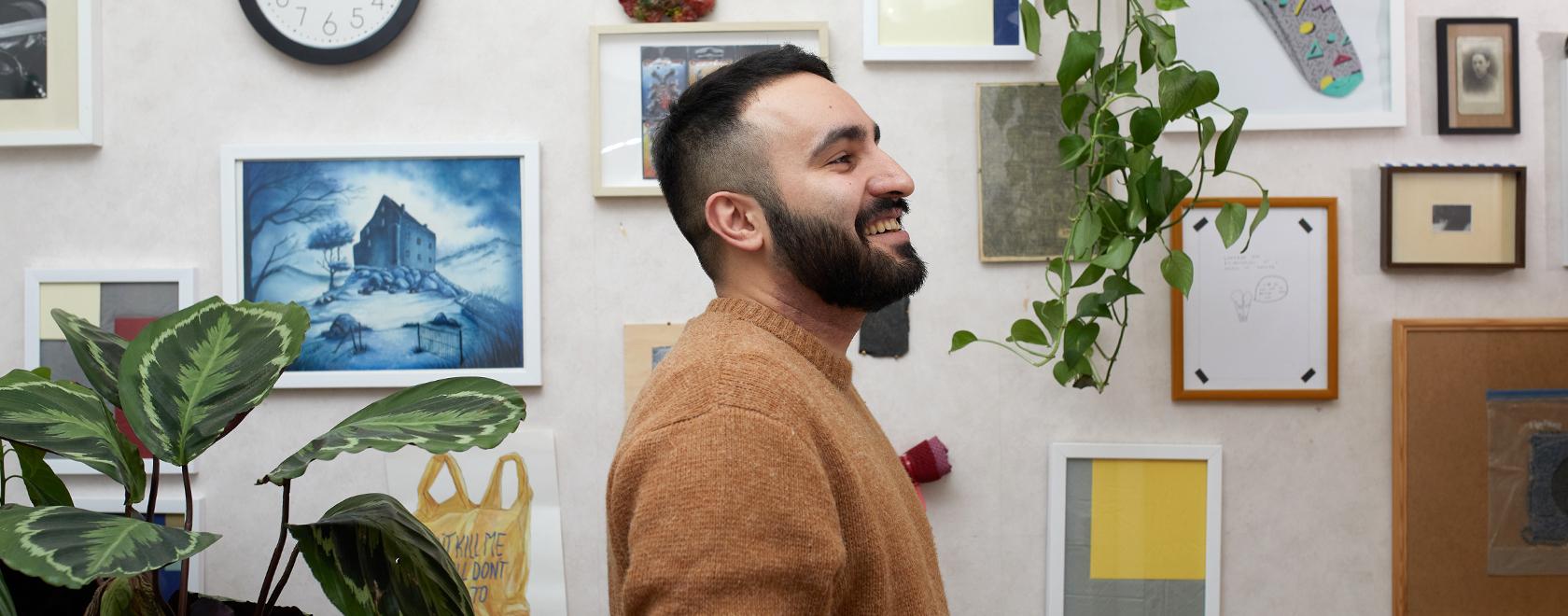
Showing work at a gallery is undoubtedly a highlight for any emerging artist but it can also be a cause of stress. It might take a whole year of hard work to put together a show but as soon as the exhibition is taken down it all fades away.
– It is often difficult to sell the artworks and after the exhibition one has to figure out what to do with them. Many artists don't have a studio or storage space because renting one is too expensive, tells Andrea Coyotzi Borja, a Mexican-born artist and a doctoral student at Aalto university.
To address this matter Coyotzi Borja and his fellow artworker and curator Farbod Fakharzadeh came up with a concept of acquiring a big space where these artworks are offered another chance by making them visible to anyone: the public, other artists, collectors, and curators. They titled their project Taidekirppis, which humorously refers to the way the artworks are recycled after an exhibition.
The missing link
Taidekirppis is about to kick off in March 2020 and the funding covers the project for one year. Coyotzi Borja and Fakharzadeh will be managing the space and the website, picking up artworks, handling social media, and organizing open calls for artists to take part in the project.
Part of their plan is to engage resident curators to work with the collection while the artworks are in the space. If someone wants to buy a piece of art, they can contact the artist directly but Fakharzadeh and Coyotzi Borja say that selling is not their main intention and there is no profit involved. Their goal is to create a space and an archive of exhibitions and works by emerging artists in the Finnish art scene.
– In order to look at art or any other phenomena in a meaningful way you need to look at it in historical context. But there is no wholesome record of exhibitions and works by Finland-based emerging artists so everything seems a bit scattered. A big part of this project is to put together a physical and digital archive that can be looked back on to give a historical context to how things were, how they are, and what can be, explains Fakharzadeh.
Addressing important issues
Another key objective is allowing Taidekirppis to be a platform for new ideas and discussions, and to critically address complex issues in the emerging art scene. Fakharzadeh points out that making ends meet is difficult for most artists who often don't get compensated for the hours they put in – yet they have decided that art is what they want to dedicate their lives to.
– Contemporary art is not always made with an eye on the market, and young artists are not necessarily taking into account how to make money out of it. There should be alternative ways that are more protective towards the people putting their lives in to this. Artworkers are people too, they have mortgages, lives, and children, Fakharzadeh tells.
Both Coyotzi Borja and Fakharzadeh are excited to see how the project will unfold and how it will be received, hoping to make a change for the better.
– First this was just an idea, which is now turning into an actual project with this funding, Fakharzadeh says.
– My motivation comes from doing something about a situation that really frustrates me.
taidekirppis.com/
instagram.com/taidekirppis/
facebook.com/taide.kirppis
